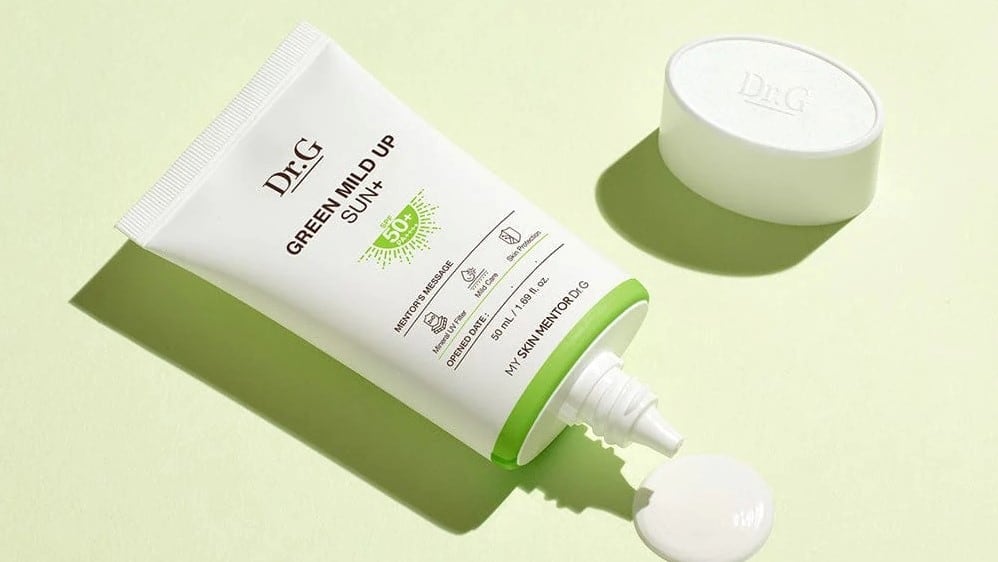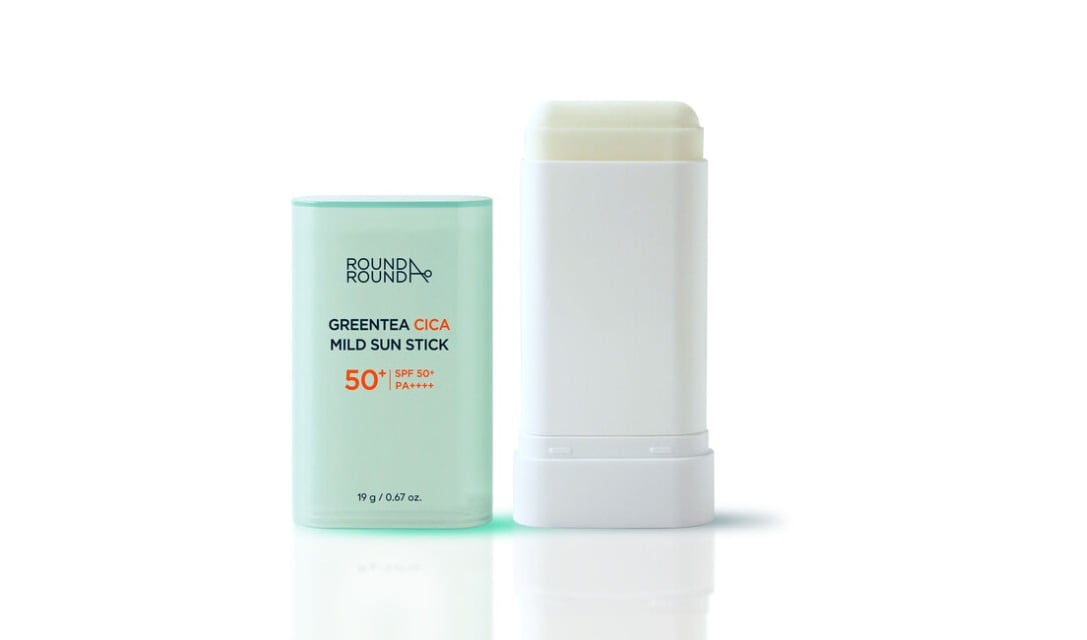Sun protection is a critical component of skin care that prevents harmful UV rays from causing problems such as sunburn, pigmentation, and premature ageing.
At the forefront of the constantly evolving beauty industry is South Korea, where novel sun protection patches have been a hit among local consumers and garnered attention from international audiences on TikTok.
First picked up by golfers, these patches have become increasingly popular among general consumers for their ease of use and multifunctional benefits.
This has inspired various companies to ride the trend, including IOPE, Mediheal, Banila Co, TONYMOLY, and DASHU.
While the hype is strong in Korea, it remains to be seen if the product would reap the same success in markets outside the country.
For one, sun patches play more of a supplementary role in comprehensive UV protection, rather than a replacement for sunscreen.
The patches are especially suitable for targeted protection, and best used in combination with sunscreen that can be applied all over the face as well as other protective measures like clothing and hat.
“Sun patches won’t replace sunscreens as they don’t cover the entire face. They are more likely to be used for specific outdoor activities, such as golf. Realistically, this trend has the best prospects of taking off in other Asian countries or places where the use of additional sun-protection tools — such as UV parasols and driving gloves — is already common.
“The other barrier will be local laws around sun-protection claims. The UV patches are new to the market, so there may be some resistance or challenges, particularly in countries where SPF is regulated as a drug,” Lauren Lee, founder of K-beauty e-commerce platform and consultancy STYLE STORY, told CosmeticsDesign-Asia.
What’s the appeal?
Although widely recognised as the standard for sun protection, conventional sunscreens have some limitations that affect their efficacy and customer satisfaction.
Active ingredients in sunscreens protect the skin by absorbing or reflecting UV rays. As these ingredients break down with sun exposure over time, it is usually recommended to reapply sunscreen every two hours.
On the other hand, sun patches offer a consistent, hassle-free way of safeguarding the skin that is more feasible for long-duration outdoor activities and people with hectic schedules.
Typically worn on areas of the face that are most exposed to the sun and prone to sun spots, such as the cheeks, sun patches serve as a physical barrier against UV rays.
They are formulated to block a high level of both UVA and UVB rays. For example, IOPE’s UV Shield Outdoor Sun Patch claims to protect against 93.5% of UVA and 98.9% of UVB rays.
Agar-agar is used in the brand’s patented Cooling UV Shield Complex hydrogel, which is said to have “2.9 times greater adhesion” than regular hydrogel.
“The shape of the patch is designed so that it clings to the curve of the face and stays put even during vigorous activities that increase sweating or oil production in the skin. The patch is made of breathable fabric used in outdoor apparel, while our hydrogel provides a cooling sensation that keeps the skin feeling comfortable,” the firm stated.
To gain a bigger share of the pie, cosmetics companies have also incorporated skin care ingredients into sun patches, turning them from a mere UV shield to a multi-benefit product.
For instance, Mediheal’s UV Cut Outdoor Sun Patch (Triple Protection) is added with hyaluronic acid for hydration, glutathione for brightening, and vitamin C derivatives to even out skin tone and reduce appearance of fine lines, among other properties.
In addition, the Wide Protection version is created for those who want to protect larger parts of the face, such as the under-eye area and cheekbones, with its beige hue blending with natural skin colour.





